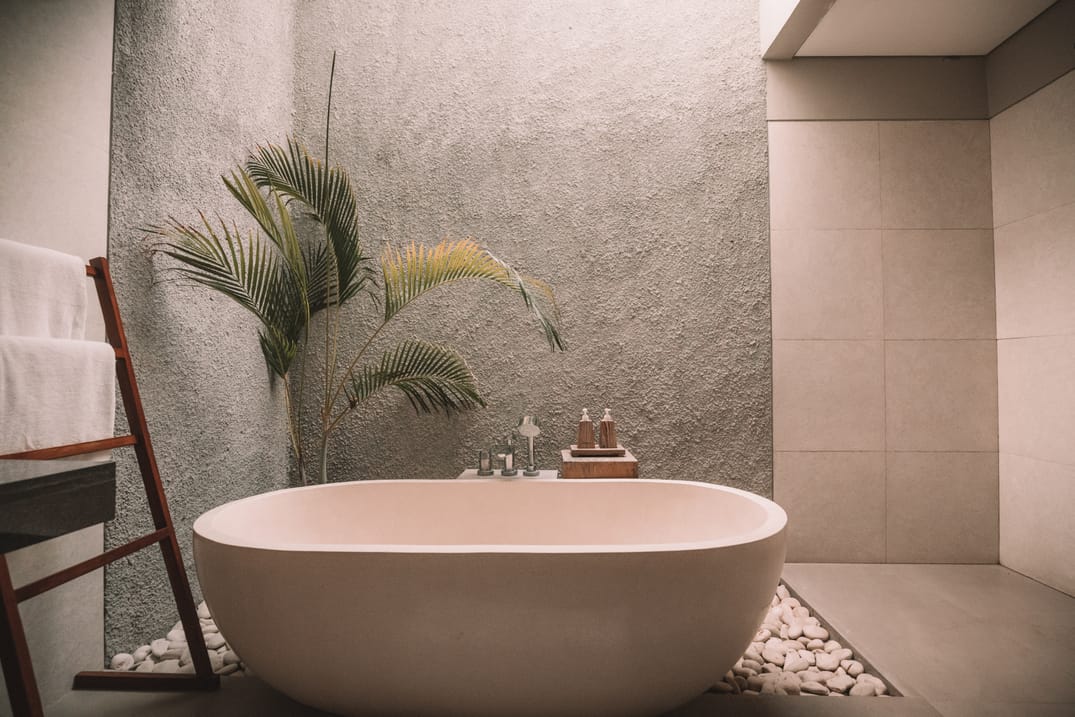Luxury and sustainability seem like polar opposites of each other. After all, luxury is rooted in excess and sustainability isn’t exactly a luxurious concept.
Furthermore, the current trend of sustainability in luxury is being led by millennials and Gen-Zs, who want to showcase a certain persona on the internet. Since most influencers want to come across as ‘conscious’, they’re choosing to buy from brands that also align with these values. Thing is, if you take a look at the purchase histories of these online celebrities (especially what they DON’T publish on the internet), you’ll realise that they aren’t exactly leading a ‘sustainable’ or ‘conscious’ life. But I digress.
As Things Stand
Now, I’m an advocate for sustainability. We procreate too much, consume too much and are startlingly adept at ignoring huge problems that’ll explode on us in the near future. So, I’m totally onboard and strongly believe in the necessity of sustainability. All businesses need to conduct in a more sustainable manner and they should also move forward from simply limiting sustainability initiatives to the materials they use in their products. It’s still a great place to start. But that’s all it is, a first step.
The problem with luxury is that consumers always believed luxury was inherently sustainable. And why not? It’s exclusive, expensive, scarce and high-quality. Fast-fashion was the enemy and well, it’s an argument that makes sense, on the surface. Luxury brands further played into this narrative, silently selling it. They wanted to appear perfect and talking about sustainability wouldn’t be proper now would it? “Our customers don’t care about how many pythons we had to kill for this leather handbag, what matters it that it’s super opulent snakeskin.” Yeah, no.
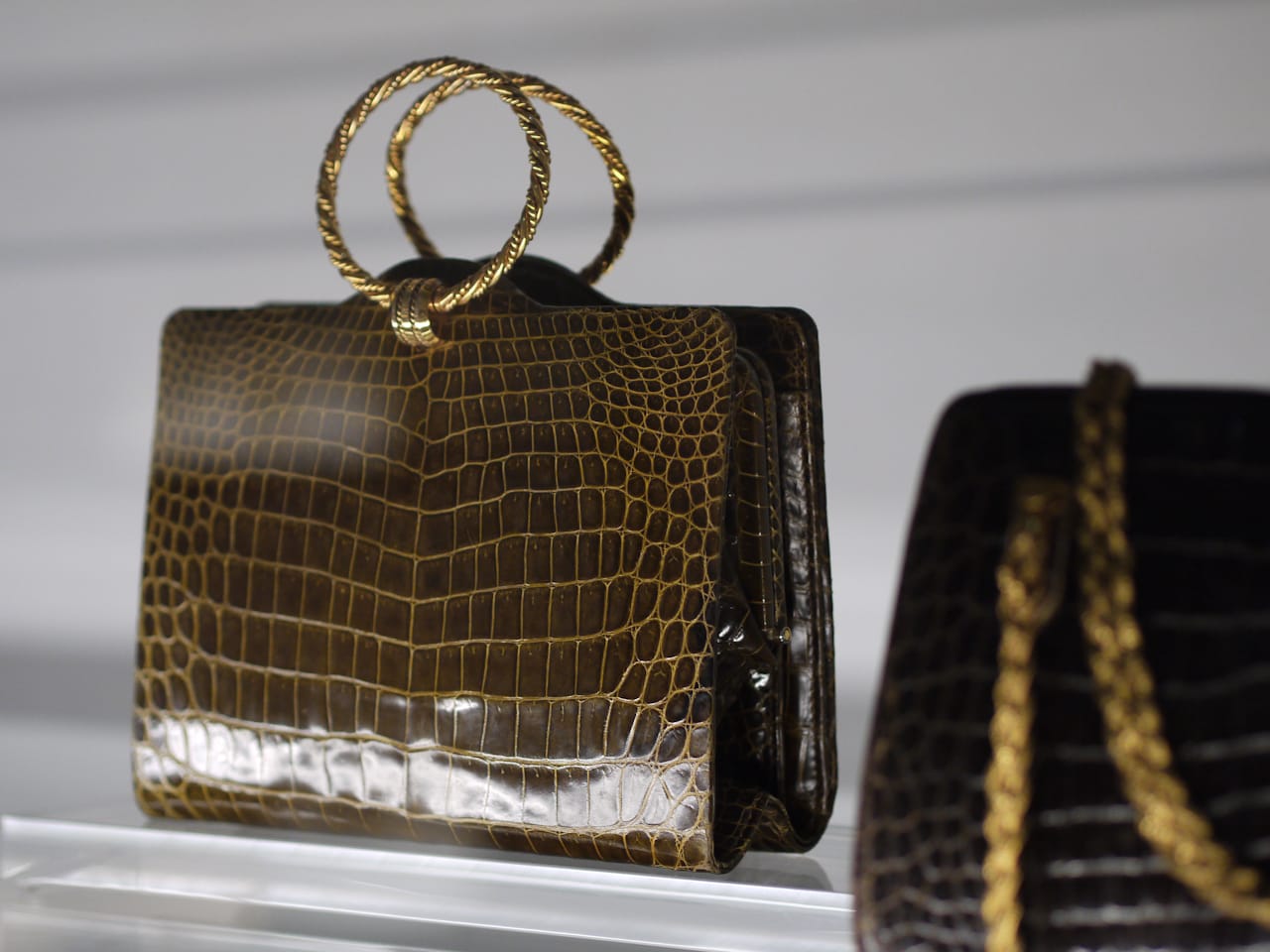
Not to mention all the scarce goods they burn at the end of a season to maintain ‘exclusivity’. Atrocious, but I understand the viewpoint and again, I digress. This is exactly why the industry needs a seriously sustainable overhaul. And it’s long overdue.
The Sustainable Glimmer
However, there are a few silver linings. Patek Philippe’s hit campaign, “You never actually own a Patek Philipe, you merely look after it for the next generation,” is a very sustainable message one can get behind. It’s also perfectly sensible, in line with the brand image. If luxury means high-quality, they should last several lifetimes. From that perspective, luxury is pretty sustainable, no?
But fuck; consumerism. Why are humans so greedy?
Over the past decade or so, purchasing sensitivities have shifted and consumers have gotten more ‘ethical’. Aka, the poor is pressuring the rich to consider leaving some nice stuff for the future rich. I fail to understand why they bother, but the pressure seems to be working. Thankfully.
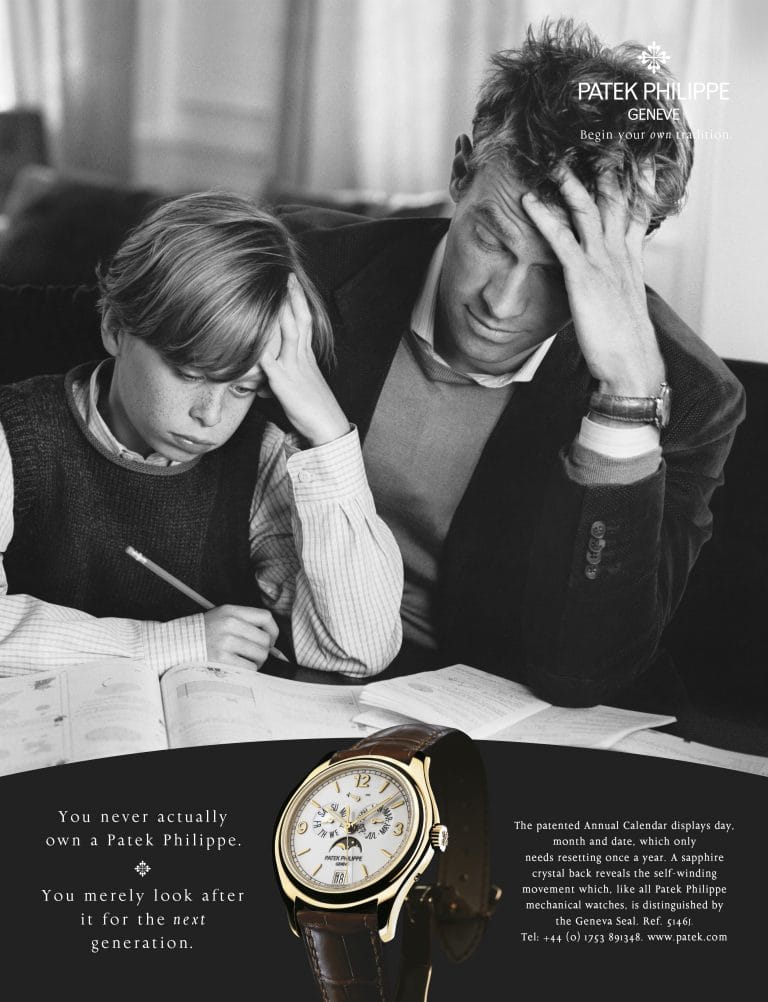
Seriously though, luxury brands have been doing it all wrong for a very long time. Sure, they can’t talk about sustainability and contaminate their aura of perfection. But they’re forced to do it now anyway. What luxury brands should have done instead is develop fantastic products in quantities limited enough to minimise environmental impact, sell them at higher prices. And market them as more exclusive. If anything, that would only make the brand and its products more desirable. “Look, there’s an environmentally conscious, authentic luxury brand.”
Or maybe that’s just the Gen-Z in me.
Regardless, the glimmer has now grown into a flicker.
Sustainability has today evolved into a vital tool to build valuable brand equity. Everyone and their unborn child cares if a brand’s products are sustainable and those who aren’t highlighting their sustainabilityness are doomed. Many luxury brands are also opening themselves up to the reuse and recycle economy, where customers can return old items in return for loyalty points they can use for new purchases. This of course, builds a ton of loyalty and helps the brand appear as quite sustainable. The brand can then resell or rent out these products, creating a satisfying circular economy.
What’s more interesting is, how does sustainability intersect with experiential luxury?
The Experiential Intersection
For one, shoppers want to be exposed to a brand’s sustainable initiatives. It’s become an important component of the overall brand experience, trickling down to purchase dissonance and enhancing the brand’s ‘feel good’ factor. But most luxury brands still haven’t moved on from simply highlighting only their manufacturing practices. What about their supply chains, retail experiences and carbon footprints?
The few who do this have only just embarked. Companies such as Kering (Gucci’s parent company) and LVMH have both developed sustainability strategies for a plethora of initiatives including greenhouse emissions and supply chain tracing; as well as commitments to biodiversity, animal welfare, and of course, workers’ rights. How all this will play out and influence the brand experience, remains to be seen.
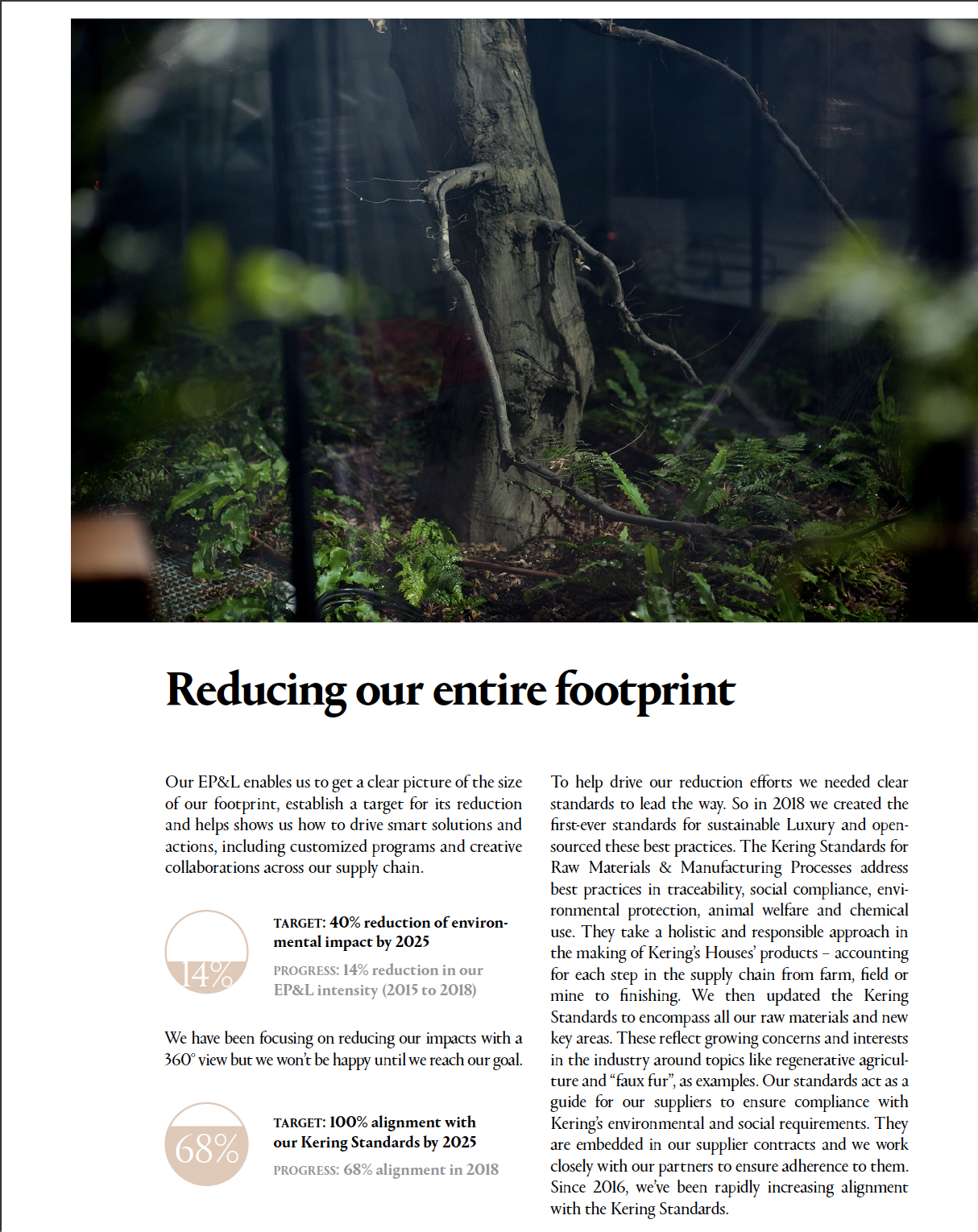
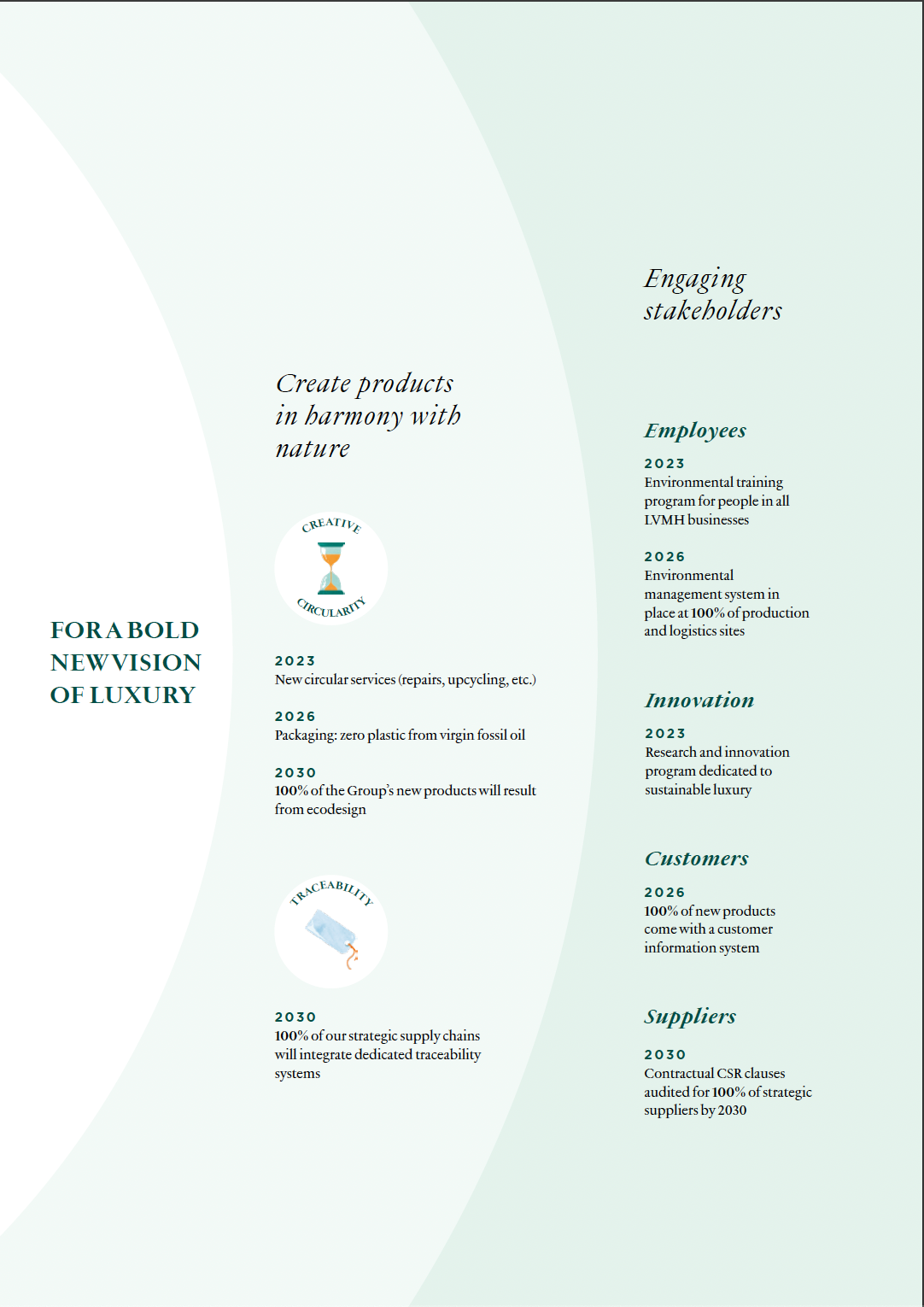
Kering’s report can be found here and LVMH’s here.
But inherent experiences themselves need to be sustainable too. Cars do a decent job at this, as a driving experience is one you can relive thousands of times, minimising the environmental impact of manufacturing a new one every time. Yeah, they pollute. But not as much as when they’re being manufactured. And with the advent of everything going electric, things should get much eco-friendlier.
Going digital is another way to promote sustainability, like replacing real paint with projectors and panels. It also enables the continuous refreshing of new themes and environments with little effort, compared to the physical hassle of procuring decorations and other paraphernalia, especially when you consider the canvas that 3D printing provides. Virtual reality and augmented reality are fantastic tools aiding this movement too.
Sustainable experiences must not only be designed and executed sustainably, but they should move consumers towards living more sustainable lives. That’s how we can promote sustainability as a community. Luxury brands need to offer luxurious experiences that offer a guilt-free pampering experience. You shouldn’t have to worry about what you’re taking from the planet or how you’re contributing to the next natural calamity when laying down rubber on the tarmac or getting a glorious tan.
Footnote
Real luxury has always been peace of mind. With how the market is weighing sustainability, brands who don’t embrace it and assimilate will be pushed out. The idea is, “If your brand supports the planet, we’ll support your brand.” And however you look at it, that seems like a great way to do business and build a brand.
What we gain shouldn’t come at the loss of someone else’s. Strip it down to the basics, and that’s just what sustainability is. You want your descendants to lead nice lives, right? RIGHT?
Featured image by Jared Rice on Unsplash
